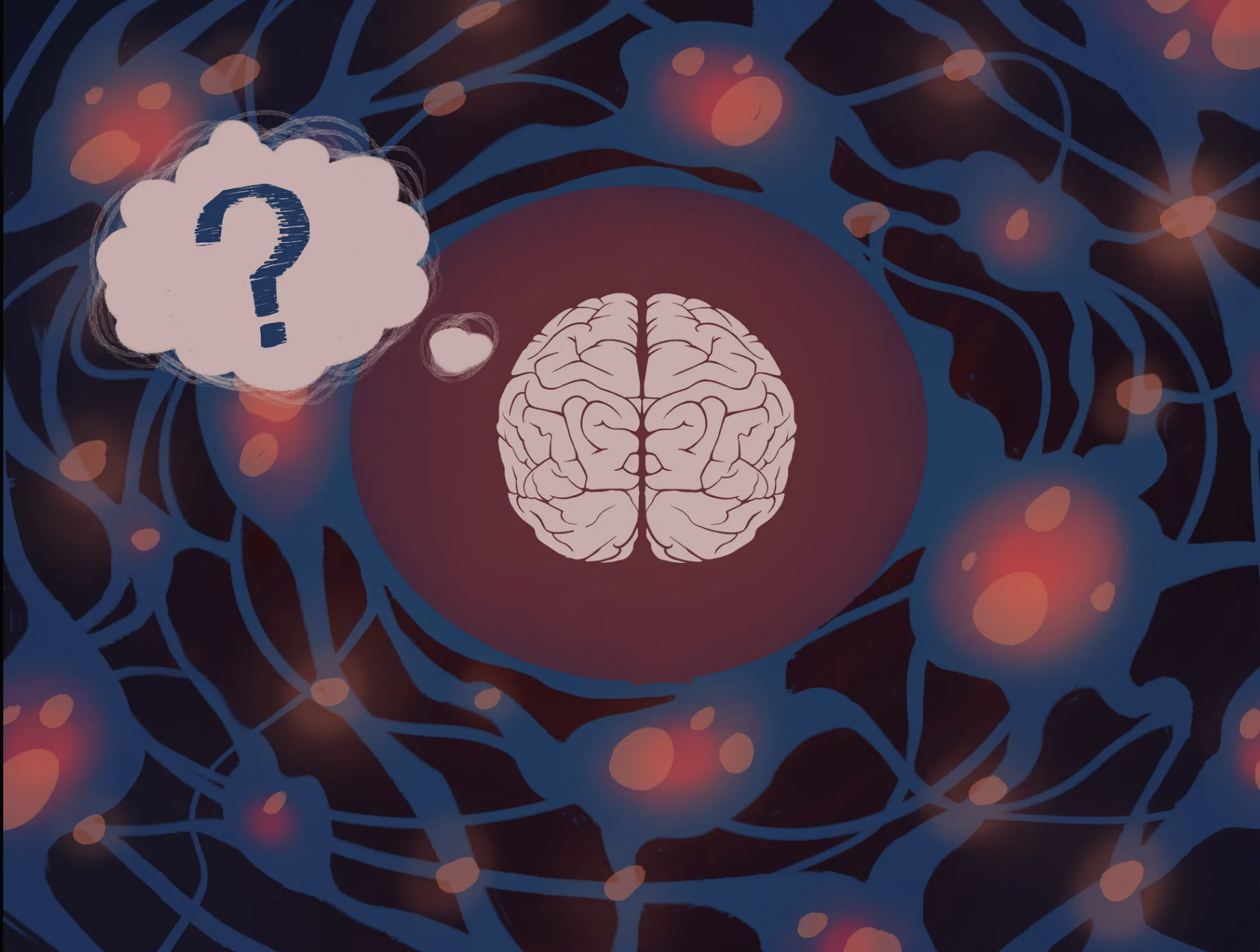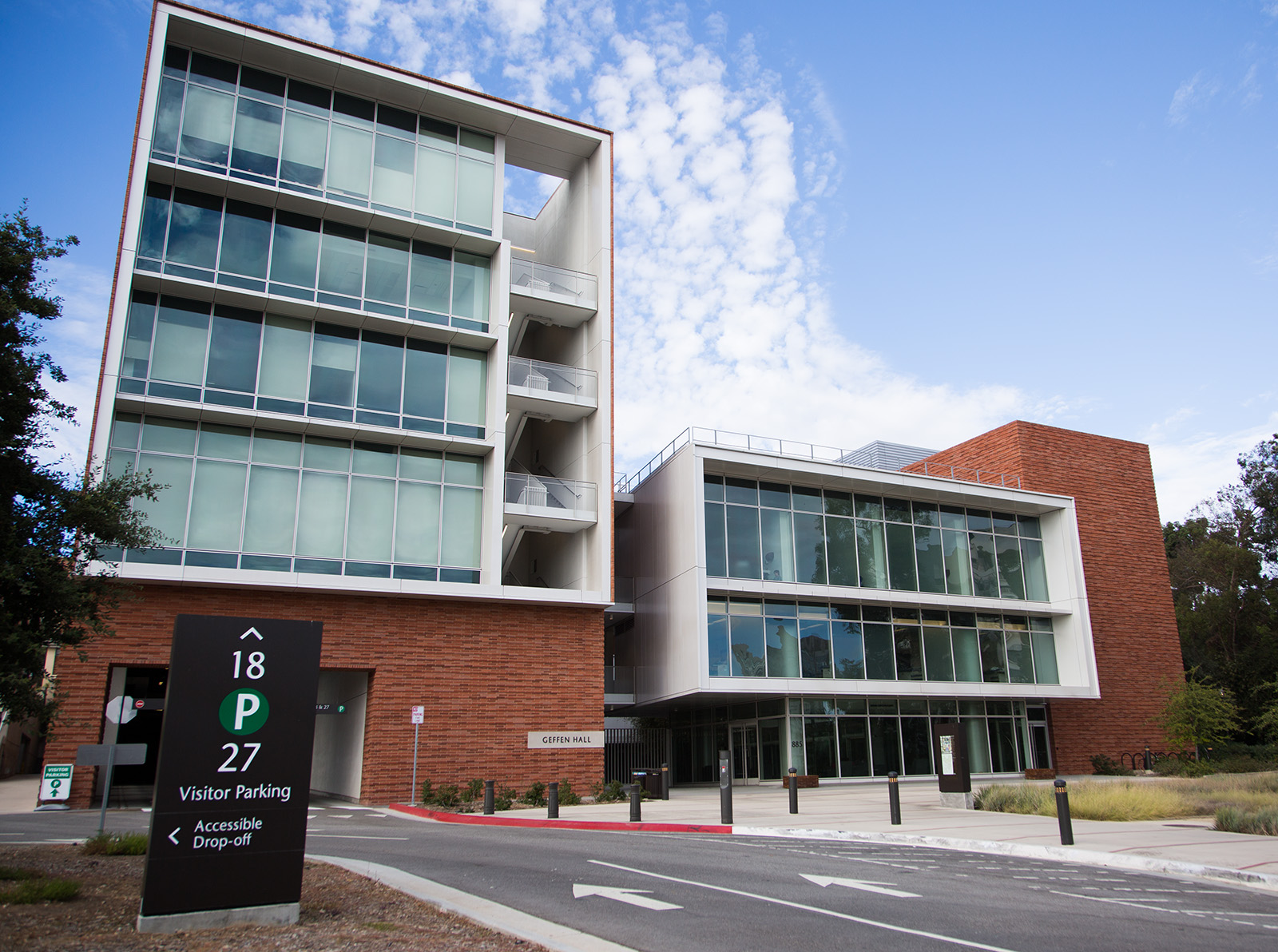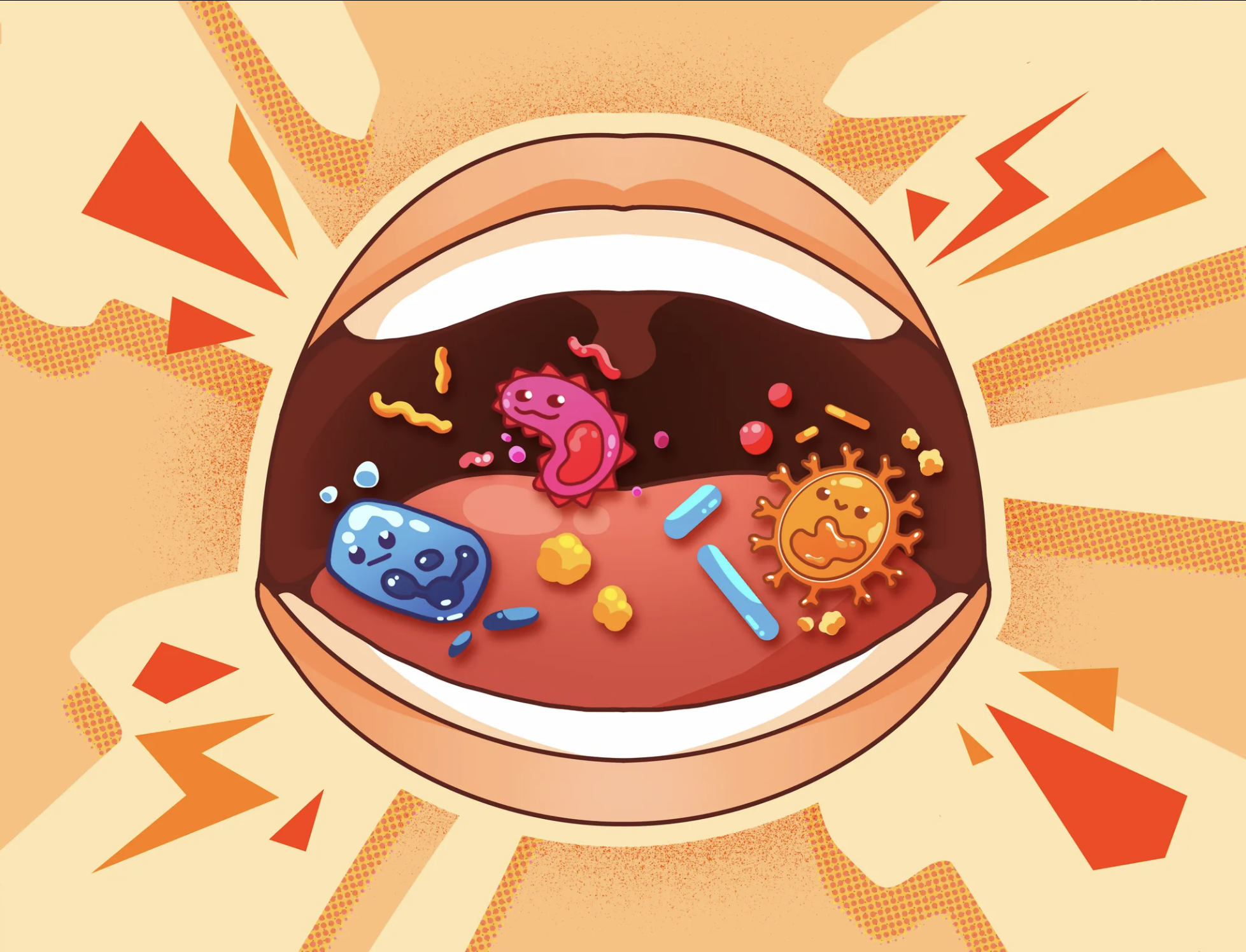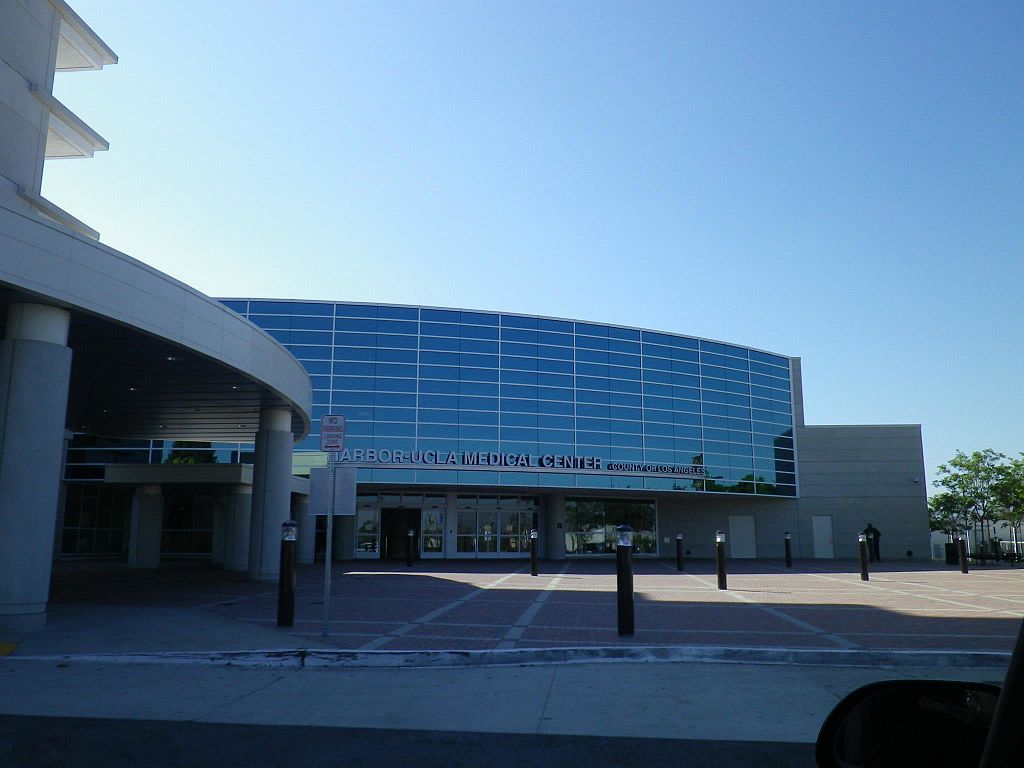UCLA study reveals insights into neuron involvement in memory systems

By Karo Boyajyan / Daily Bruin
By Danielle H. Cho
Jan. 10, 2025 11:57 a.m.
A recent study by UCLA researchers offers new insight into how the brain makes sense of sequences of experiences, and it may have implications for treating certain memory disorders.
The study, published in September, explores how the brain encodes complex sequences of events. Researchers confirmed there are striking similarities between how the brain represents the spatial environment and temporal pattern of events, said Pawel Tacikowski, the primary author and a former project scientist at UCLA.
Tacikowski and his fellow researchers focused on the hippocampus – a brain structure through which all external information has to go to be stored as memory – in the study.
The study analyzed single neurons – nervous system cells that transmit electric signals – in humans, Tacikowski said, adding that the researchers were able to do this because the study’s subjects were patients with epilepsy who had previously had electrodes implanted in their brains for clinical reasons.
With this technique, the researchers were able to examine individual neurons during the learning process, said psychology professor Barbara Knowlton.
These neurons are known as concept cells, which the Fried laboratory previously found fire to an image or concept of a person, Knowlton said.
The researchers then showed a specific sequence of images to the study participants, said Guldamla Kalender, a co-author of the study.
The order of images that were presented to the study participants was not random. Instead, it was determined by a specific graph, Tacikowski said, adding that researchers found they could reconstruct these graph relationships between the images from the firing pattern of these neurons.
Despite the participants not being aware of any patterns in the sequence of images shown to them, these graph relationships had been encoded in the participants’ brains, said Ueli Rutishauser, a professor of neurosurgery, neurology and biomedical sciences at Cedars-Sinai Medical Center.
This memory of the sequence of images was strengthened when the participants were taking breaks, said Jesse Rissman, a professor of psychology, psychiatry and biobehavioral sciences. When at rest, the brain replayed the sequence that was part of the learning process, he added.
This was one of the similarities between how the brain encodes temporal and spatial information, Rissman said. It had already been known that the brain cycles through places when trying to memorize spatial information, and with this study, they found the same phenomenon when learning a temporal sequence of events, he added.
Another major function of having a memory system is being able to predict what will come next for the future, Rissman said.
“We’re constantly faced with situations in which we can draw upon our past experiences to make predictions about what’s likely to happen next,” Rissman said. “That can allow us to make efficient choices in our lives, to guide our behavior based on our expectations.”
Although this study was conducted in individuals with epilepsy, these results would likely translate to individuals without epilepsy, as they have been corroborated by animal studies and fMRIs, said Dr. Itzhak Fried, the paper’s corresponding author and a professor of neurosurgery.
In the future, this understanding of how the brain first forms the temporal structure of experience may help in understanding the maintenance of the cognitive map – and how it deteriorates in diseases like dementia – Tacikowski said.
Studying memory is also important because it can have implications for the treatment of memory disorders and enhancement of memory, said Alan Castel, a professor of psychology.
“As we get older, we tend to forget things, and that could be a failure of these systems,” he said.
The team hopes to develop a neuroprosthetic system to enhance memory, which could be useful for patients with memory problems, Dr. Fried said.
“One of our main goals is really to build, essentially, what I call a memory aid – like the hearing aid,” he said.




